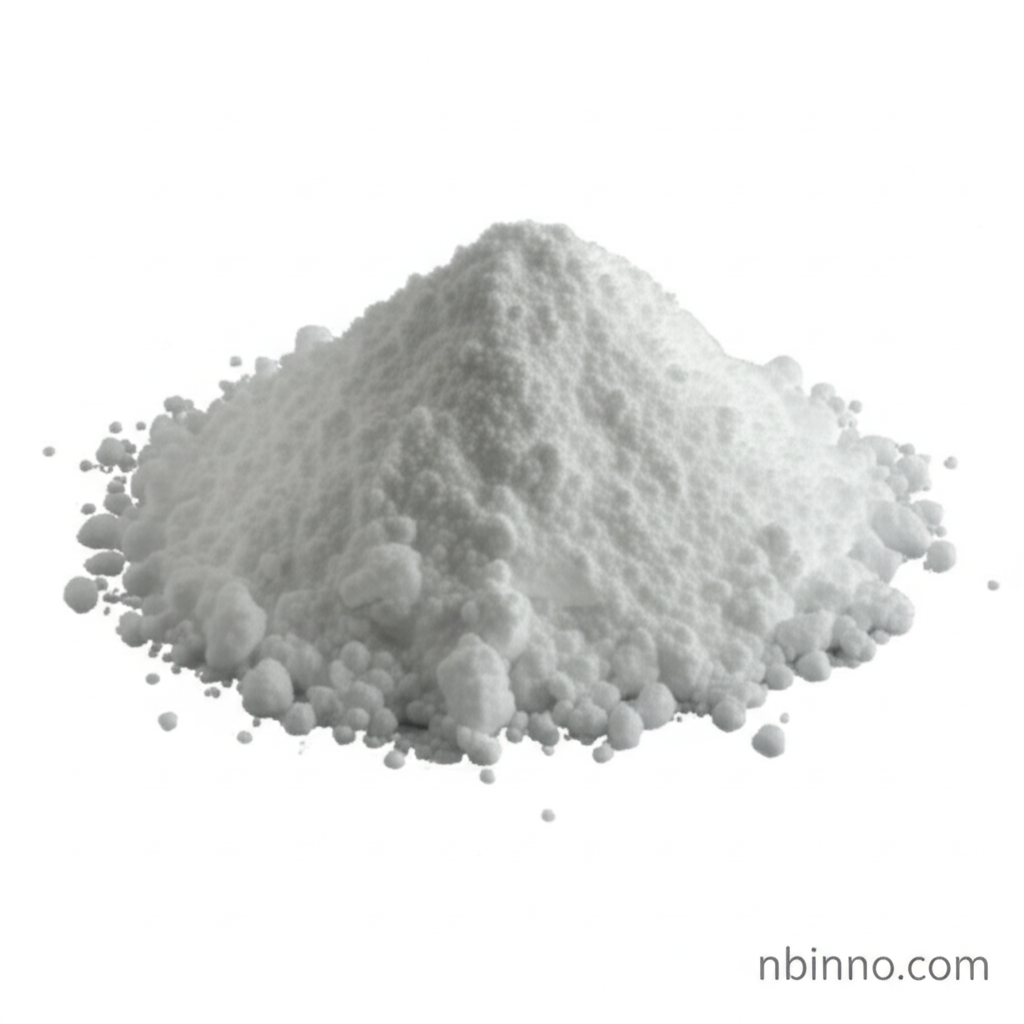Estradiol: A Comprehensive Guide to its Properties and Applications
Explore the scientific details, health benefits, and industrial significance of this vital steroid hormone.
Get a Quote & SampleProduct Core Value

Estradiol
Estradiol is a naturally occurring steroid hormone and the most potent form of estrogen, playing a critical role in the development and maintenance of female reproductive tissues and secondary sexual characteristics. Its primary applications span from treating menopausal symptoms to hormone replacement therapy, making it a cornerstone in pharmaceutical and health science.
- Discover the intricate chemical properties of Estradiol, including its molecular formula C18H24O2 and molecular weight of 272.39 g/mol, vital for understanding its interactions within biological systems.
- Explore the broad spectrum of Estradiol therapeutic applications, from relieving menopausal symptoms and preventing osteoporosis to its use in hormone replacement therapy and certain cancer treatments.
- Learn about the essential safety considerations and potential side effects associated with Estradiol use, ensuring responsible application and patient awareness.
- Understand Estradiol's significance as a key pharmaceutical intermediate, forming the basis for various hormone-related medications and treatments.
Key Advantages of Estradiol
Hormonal Balance Restoration
Estradiol is essential for maintaining hormonal balance, particularly in women, addressing deficiencies that can lead to various health issues, including those related to menopause.
Bone Health Support
Studies indicate Estradiol can inhibit bone resorption, contributing positively to bone density and playing a role in osteoporosis prevention, a crucial aspect of aging health.
Therapeutic Versatility
From managing vasomotor symptoms of menopause to acting as a pharmaceutical intermediate, Estradiol's versatility makes it invaluable in modern medicine.
Key Applications
Menopausal Symptom Relief
Estradiol effectively treats moderate to severe vasomotor symptoms, such as hot flashes and night sweats, associated with menopause.
Osteoporosis Prevention
By inhibiting bone resorption, Estradiol helps maintain bone density, playing a key role in preventing postmenopausal osteoporosis.
Hormone Replacement Therapy (HRT)
It is used to treat hypoestrogenism resulting from conditions like hypogonadism, castration, or primary ovarian failure, restoring hormonal balance.
Pharmaceutical Manufacturing
As a crucial pharmaceutical intermediate, Estradiol serves as a building block for numerous hormone-based medications, highlighting its industrial importance.
